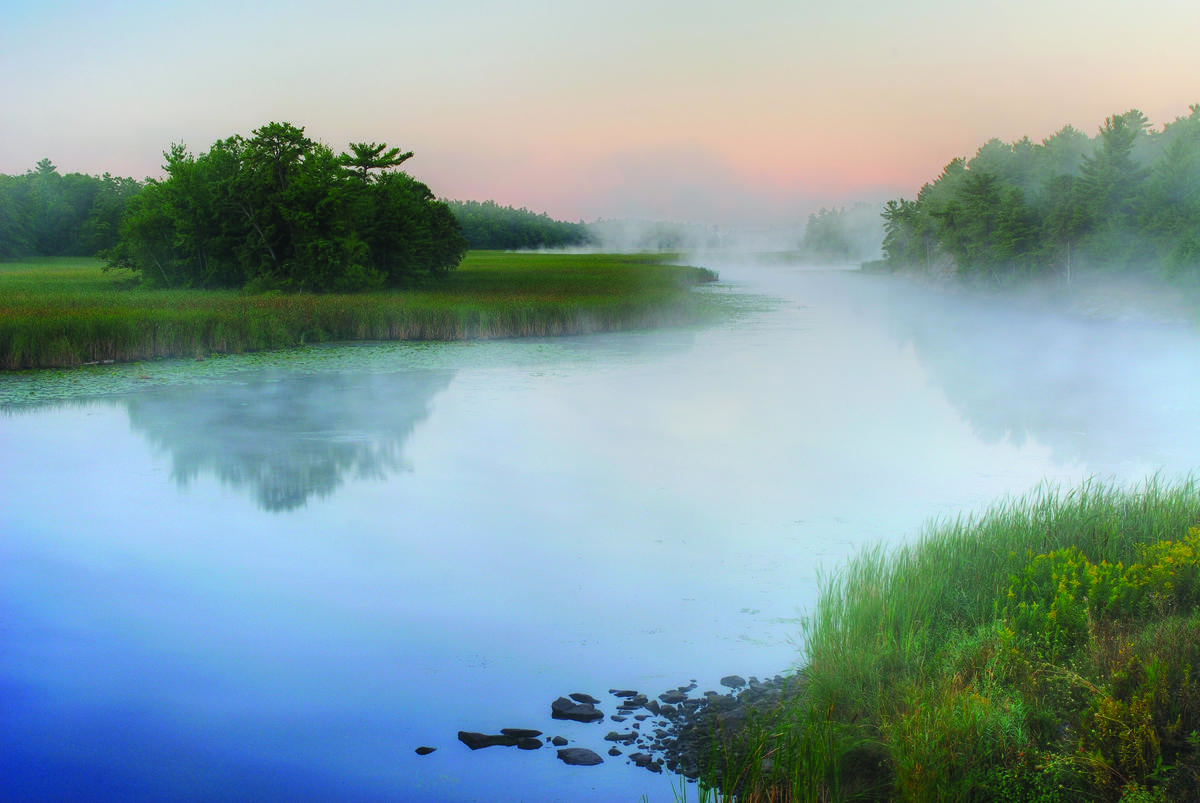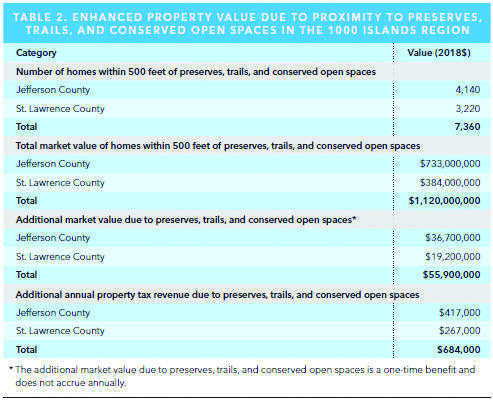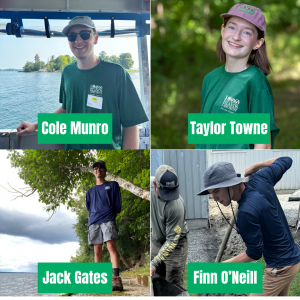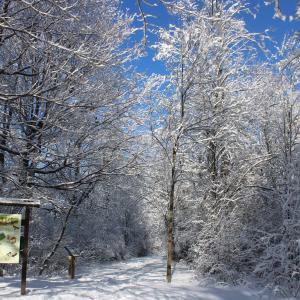Preserves are key economic drivers that collectively contribute millions in economic benefits annually throughout St. Lawrence and Jefferson Counties.” Such are the findings of TILT’s recent study, The Economic Benefits of Preserves, Trails, and Conserved Open Spaces in the Thousand Islands Region, which was conducted by The Trust for Public Land. The study was peer-reviewed by Clarkson University Associate Professor Martin D. Heintzelman, PhD and Scholar of Environmental Economics, and was funded through a grant from the Fresh Sound Foundation.
The study assesses the impact of preserves, trails, and conserved open spaces on the region’s economy by drawing from several case studies of TILT preserves.
In addition, the study clearly confirms that preserves, trails, and conserved open spaces, such as Zenda Farms and Otter Creek, have a net positive impact on nearby residential property values demonstrating that people are willing to pay more for a home close to these amenities.
“This ultimately translates into greater property tax revenues generated annually from homes adjacent to protected spaces,” stated Jake Tibbles, TILT’s Executive Director. “National research over several decades found that this additional tax revenue offsets the costs associated with preserves, trails, and conserved open spaces as well as any reductions in the total taxable land, refuting the idea that such amenities result in a net reduction in the value of an area’s tax base.”
The premium for proximity to preserves, trails, and open spaces up to 2,000 feet was found to affect market values by 20% or more in the region. Since property tax is related to a parcel’s value, the increase in property value as a result of a parcel’s proximity to preserves, trail, and conserved open space leads to additional property taxes generated annually.
“Residents choosing to call the Thousand Islands home value being close to the region’s preserves, trails, and conserved open spaces. Be it a family home near Zenda Farms Preserve or a summer cottage near one of the several State Parks in the region, these amenities create additional value across our local communities,” explained Professor Heintzelman.
These conserved lands were found to increase the value of nearby residential properties in the Thousand Islands region by $55.9 million and increase property tax revenues by $684,000 per year. These conserved spaces attract visitors to the region, enhance property values, provide recreational opportunities for residents, and boost economic development. By doing so, they also support local jobs, increase spending at local businesses, and generate local sales tax revenue.
“This new report shows that the Thousand Islands region’s preserves, trails, and open spaces are some of its greatest assets,” said Carter Strickland, New York State Director for The Trust for Public Land. “In addition to making the region a great place to live, publicly accessible spaces allow visitors to appreciate the Thousand Islands’ unique natural beauty, and they attract visitors, increase property values and help fuel the local economy. As a kid, I spent every summer on Grindstone Island, and it is gratifying to see community assets like Potters Beach protected for future generations and also to see more people using the interior of the island because of TILT’s preserves.”
Spending by visitors in Jefferson and St. Lawrence Counties has a large impact on the local economy, generating $164 million in labor income and 6,100 jobs each year, as well as $25.8 million in local taxes and $21.0 million in state taxes annually. In fact, if not for the tourism-related taxes, the average household in the Thousand Island region would have to pay an additional $456 each year to maintain the same level of government revenue.
“From the wetlands and upland forests made accessible by the Crooked Creek Preserve and the Macsherry Trail to the sands of Potters Beach, and the expansive farmland of Zenda Farms Preserve, TILT’s preserves, trails, and conserved open spaces play a critical role in driving the tourism industry in Jefferson and St. Lawrence Counties.” stated Greg McLean, TILT’s president.
To read the study, the literature review, and the corresponding fact sheet, click here. For additional questions, contact the TILT office at 315-686-5345 or [email protected].





